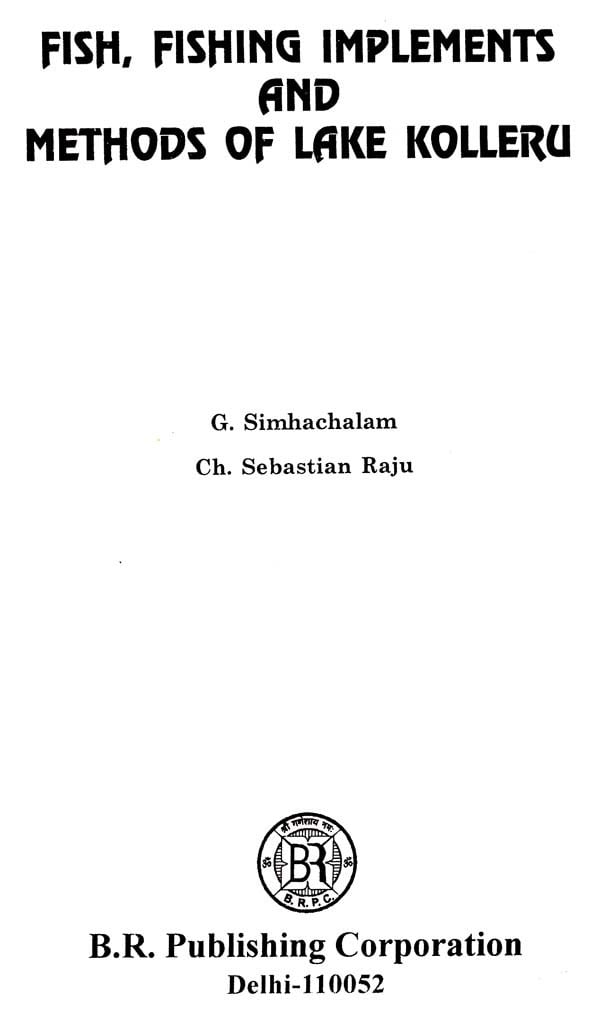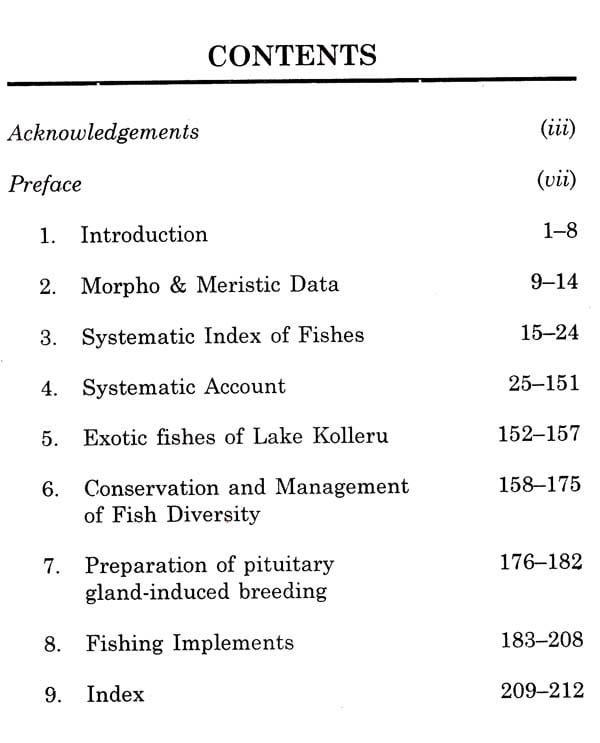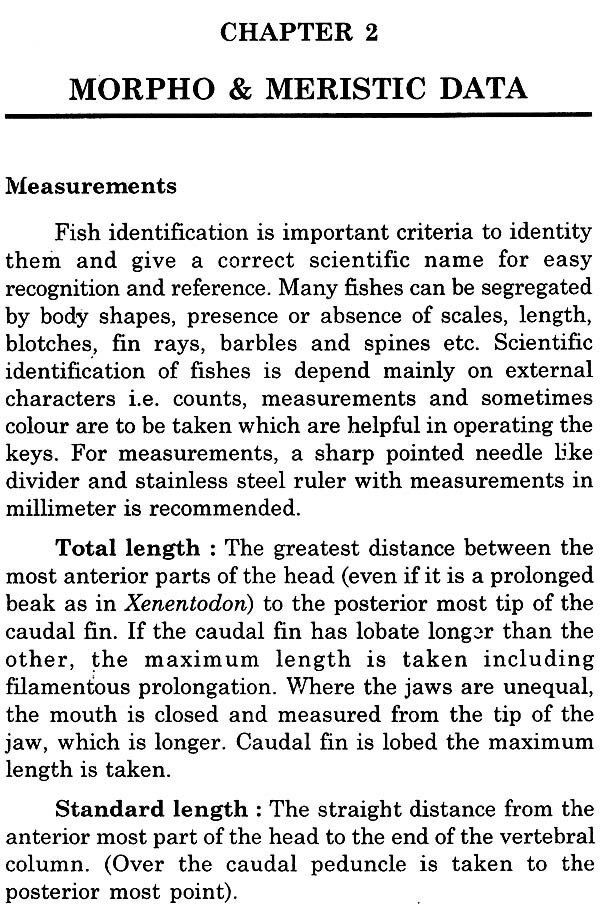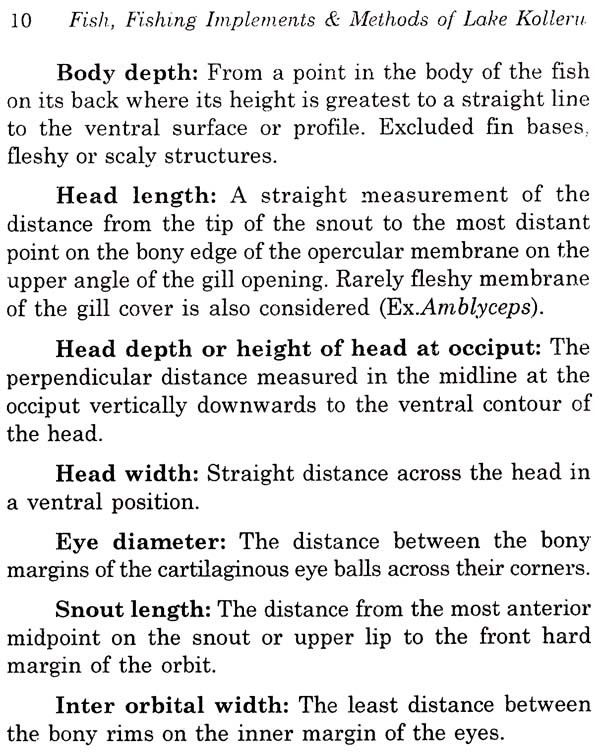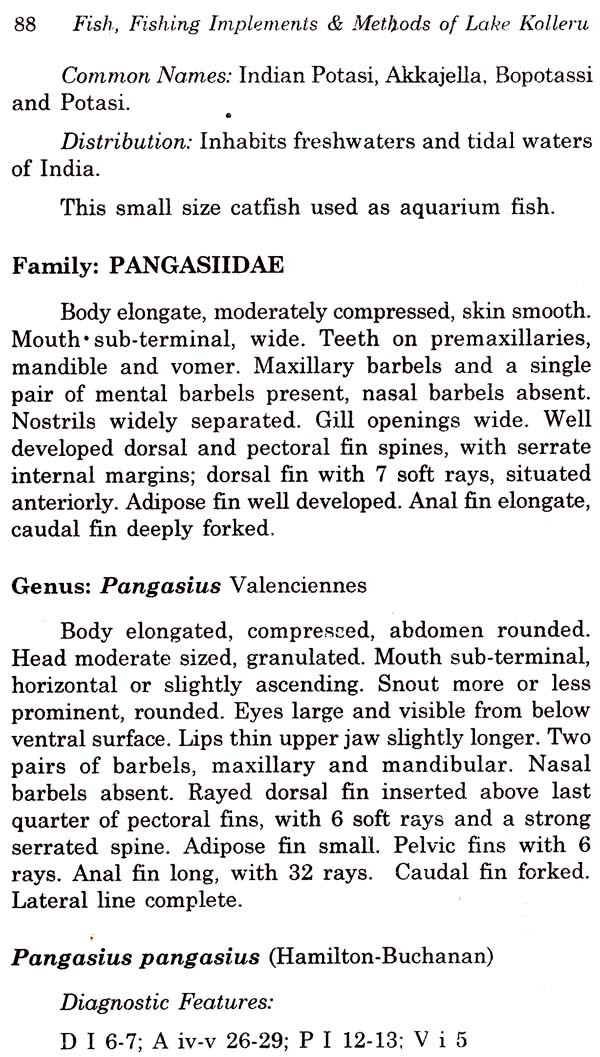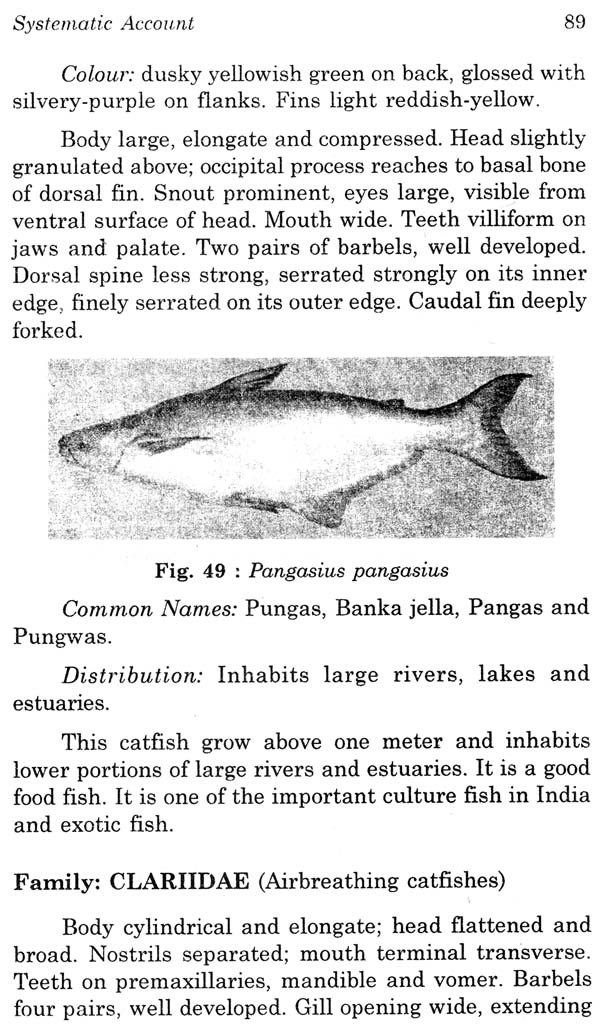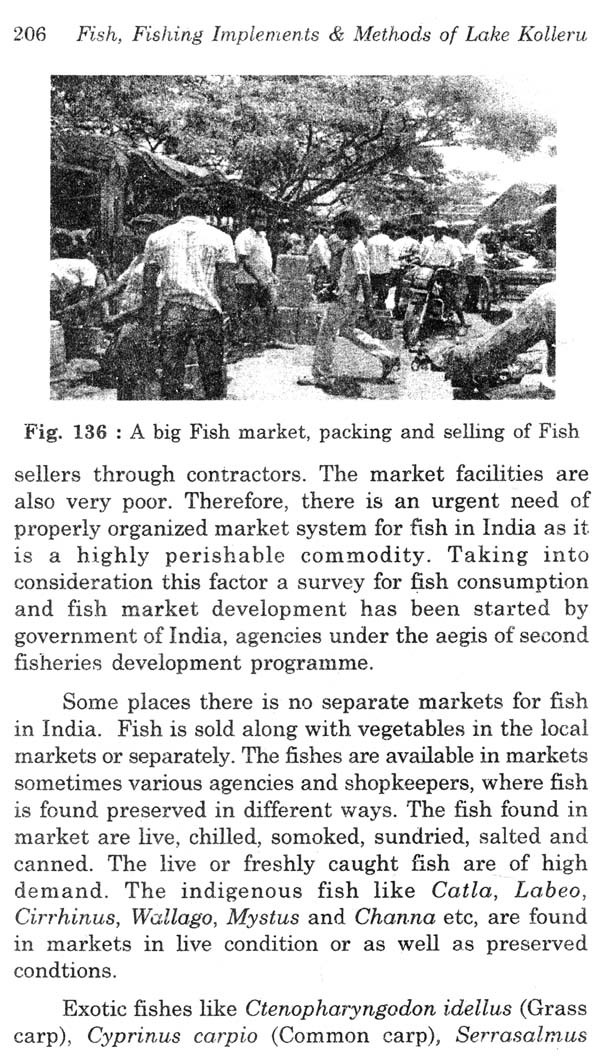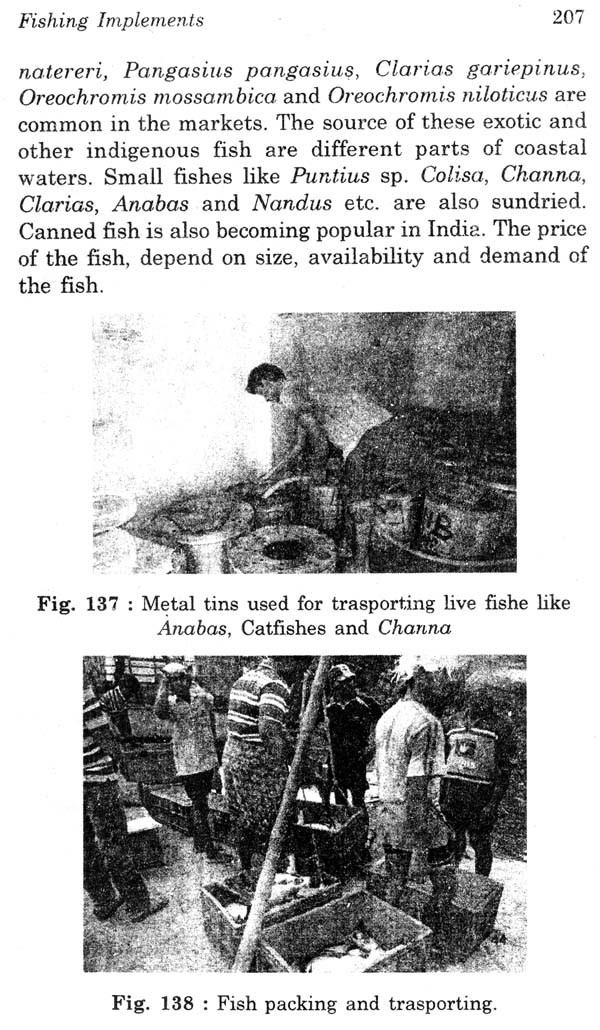About the Book The book presents the best illustration of different fish species of Lake Keller, identified authentically and provided with very lucid presentation for the easy understanding of the readers.
The fishing methods and implements used in the Lake Keller area are also described very informatively that draw special attention from the readers of the book. The book is undoubtedly very useful not only to the Post Graduate students and faculty but also interesting to the research scholars of aquaculture. The book will evoke a lot of interest in terms of its content and quality.
About the Author Dr. G. Simhachalam obtained his Post Graduate degree, M.Sc., and research degrees M.Phil and Ph.D in the specialization of Limnology & Fisheries. He has vast teaching experience as Asst. Professor, Department of Zoology & Aquaculture, Acharya Nagarjuna University through which the taught the subject to the Post Graduate students and trained the research scholars in the same discipline.
He has published his research findings in many reputed scientific National and Inter National journals. He has successfully completed the UGC funded research project entitled, " Biodiversity of Lake Kolleru, after restoration (2005-2006) with reference to Plankton, Nekton and Birds". He has the credit of describing five new species of clam shrimps (Crustacea: Large Branchiopods). He has widely traveled and attended research seminars held in India and abroad.
The co-author of the book Mr. Ch. Sebastian Raju, is a research scholar in Department of Zoology & Aquaculture, Acharya Nagarjuna University registered for his Ph.D. degree under the guidance of Dr. G. Simhachalam.
Preface We are delighted to bring out this book that comprises different chapters on fish diversity of Lake Kolleru and fishing implements along with a few other espects. Species diversity is a key factor in any ecosystem and fish species diversity of Lake Kolleru speaks about its richness and value. A major part of the book is devoted to the identification, description and assessment of lake status after restoration as wetland ecosystem. This book forms a comprehensive report on fish diversity in the Indian perspective providing an in-depth understanding on the various aspects of the subject. It also furnishes: valuable information on fish diversity and conservation aspects of Lake Kolleru.
A description of 94 fish species belonging to 56 genera and details on different fishing implements were made by the authors, with their vast field experience in the Biodiversity studies. This book serves as the best source of information to the students and teachers especially for fish species identification.
The Lake Kolleru has greater diversity of fish species and other organisms of which the latter needs yet to be explored. Some fish species are indispensible having intrinsic value and contribute to beauty of environment. Majority of fish species described from Lake Kolleru have some kind of ecological value and some endemic species have commercial value.
Introduction Among water bodies, lakes are important and contribute about 87% of all the freshwater on the earth's surface, which are considered as crucial in providing human livelihood, economic support, habitat for biodiversity, recreation and acts as sinks for inflowing waters received from lake's catchment area. Lake Kolleru (16 39 and 16°65 N & 81°13' and 81°21E) is one sach wetland, a vast shallow habitat, and the sole Ramsar designated Wetland Lake in Andhra Pradesh, India (Ramsar, 2002; FAO, 2006). It is located between the two major deltas, the Godavari on the east, Krishna on the west. It serves as a natural flood-balancing reservoir between the deltas of the two Rivers, and a source of water for domestic use and irrigation. It supports a substantial fishery and highly productive lake. The Lake is demarcated into '0 to +10 contours with the mean sea level as the reference point. It is a pulsating lake, when in full flood the water level expands over 901 km² at +10 contour and recedes to 125km at +3 contour during the lean season. Freshwater enters the lake through four rivulets of which the Budameru and Tammileru are the largest, eighteen drains and 22 irrigation channels brought water in to the lake.
The average depth of the lake varies from 0.5 m to 2 m depending on the seasonal water flow.
**Contents and Sample Pages**
